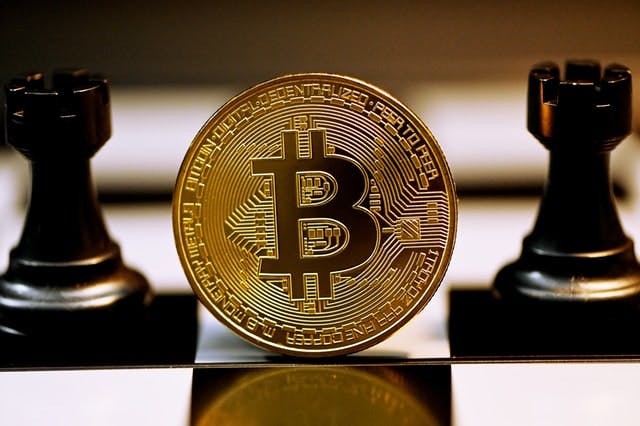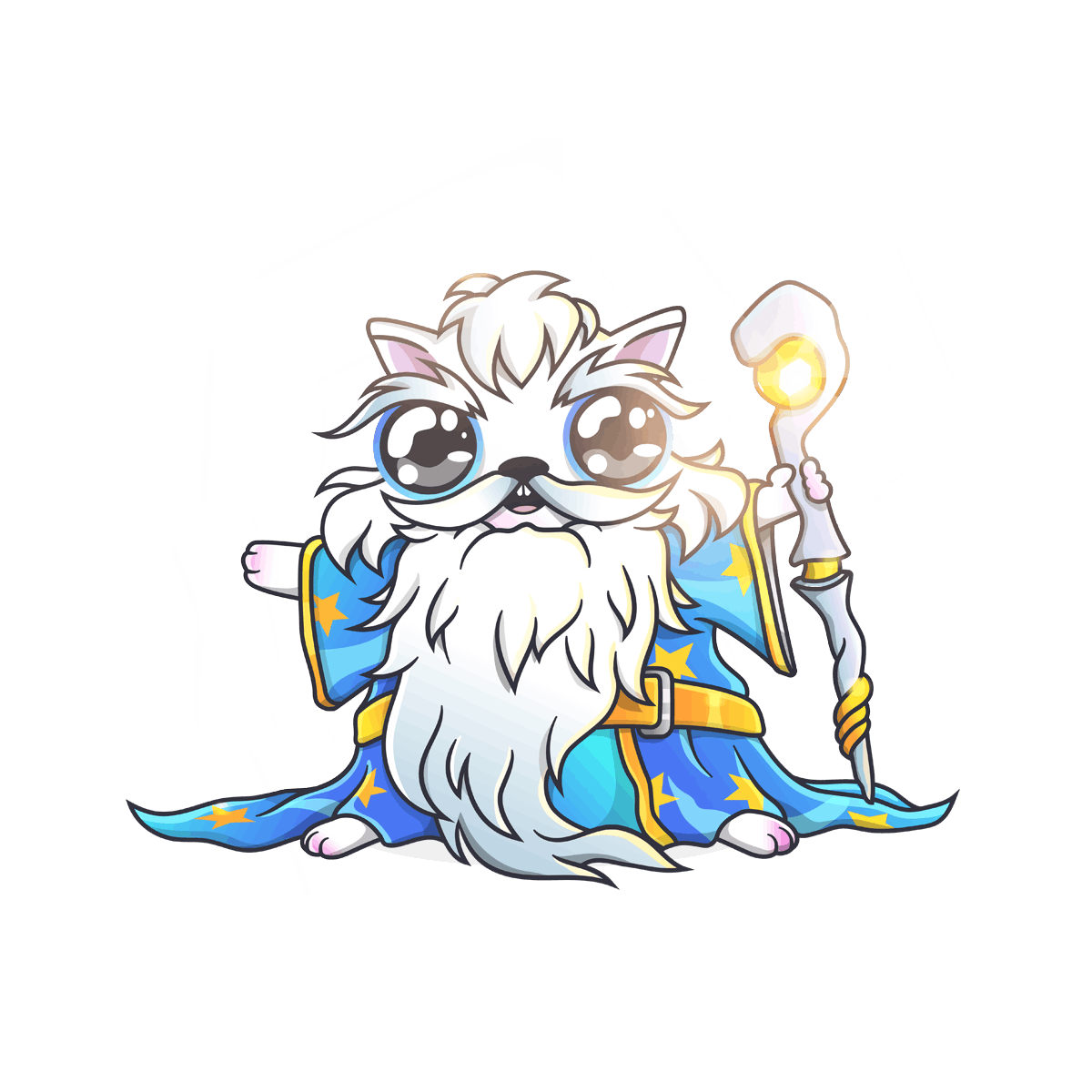Non-fungible Tokens(NFTs) are tokens on the blockchain, representing a unique asset such as a piece of art. The blockchain is a digital ledger that stores transactions and can hold information. A major difference between the blockchain and traditional financial systems is that records stored on the blockchain are immutable, meaning they cannot be changed.
The current expression of NFTs in the real world is digital arts, but they can and will apply to anything digital: music, writing, video game items, and more. NFTs are important because they help verify ownership and prove the authenticity of digital items. On the internet today, users can copy digital items online and claim the ownership with no way to verify the claim. NFTs can provide a solution to that, due to their unique structure.
To understand what NFTs are, you need to understand the concept of fungibility.
Concept of Fungibility
Fungibility is the ability of goods or assets to be interchanged with other individual goods/assets of the same type. Fungible assets simplify the exchange and trade process, as fungibility implies equal value between the assets. — Investopedia
 Photo by Alexander Mils on Unsplash
Photo by Alexander Mils on Unsplash
An example of a fungible asset is fiat currency because it is easily interchangeable. If you lend out a $100 bill to a friend, he doesn’t need to repay that exact note. He can pay back with a different $100 bill or with two $50 bills, or with any combination, given that it equals the $100 initially given out.
Another characteristic of fungible assets is that they are divisible. An example here is Bitcoin or Ethereum. These assets can be divisible into smaller units, and one can receive any number of units as long as the value remains constant.
Fungible assets are also uniform because they do not bear any unique characteristics. Gold is an example. One ounce of gold produced in the United States is no different from another ounce produced in China. They weigh the same and have the same properties, making interchangeability easier.
Non-fungible assets are the exact opposite of fungible assets. They are not interchangeable, divisible, and unique. Take movie or event tickets as an example; they usually come with a unique identification number associated with the holder making it difficult for a different person to use the tickets.
These characteristics fundamentally separate tokens like Bitcoin and Ethereum from NFTs such as Bored Ape Yacht Club or Cryptokitties.
Quick question, where did it all begin, NFTs and all?
History of NFTs
 Photo by Kanchanara on Unsplash
Photo by Kanchanara on Unsplash
2012–2013
Colored Coins were the first representation of NFTs. Colored Coins were created to represent proof of ownership and management of real-world assets and could be applied but not limited to properties, company shares, and digital collectibles. It was an idea first mentioned by Yoni Assia in a blog post in early 2012. In 2013, a more in-depth paper was published by Yoni Assia, Vitalik Buterin, Lior Hakim, and Meni Rosenfeld titled “Colored Coins — BitcoinX.”
2014
On December 3, 2014, Kevin McCoy’s “Quantum” NFT was minted on the Namecoin Blockchain. The Quantum NFT is a pixelated image of an octagon containing different shapes, switching hypnotically. In 2014, Counterparty, a peer-to-peer financial platform and decentralized, open-source Internet protocol built on the Bitcoin Blockchain, allowed users to create assets and trade them on a decentralized exchange.
2015
This allowed for two partnerships that laid the foundation for NFTs. In April 2015, Counterparty partnered with the Spell of Genesis creators, allowing issuing of in-game assets onto a blockchain. In August 2016, Counterparty partnered with a trading card game, Force of Wills, to launch their trading cards on the platform. Force of Wills was a large mainstream company leading to the awareness of the potential of the blockchain for gaming-related activities.
2016
In 2016 also, memes started entering the blockchain. The “Rare Peeps” meme, a frog character with an ever-growing fanbase over the years, entered and dominated the Counterparty platform. In March 2017, with the rise of the Ethereum, memes began trading on the Ethereum blockchain. A project named Peperium was announced to be a “decentralized meme marketplace and trading card platform” that allows users to create memes that stay forever on the blockchain network.
2017
Cryptopunks
In 2017 came one of the most popular NFT projects, Cryptopunks. Cryptopunks was created by the founders of Larva Labs, John Watkinson and Matt Hall. The duo figured out they could generate characters uniquely on the Ethereum blockchain, with no character being the same. The project was a reference to a Bitcoin experiment in the 1990s. The creators allowed anyone with an Ethereum to claim an NFT for free. Cryptopunks utilized the ERC-20 standard, as the ERC-721 had not been invented by then. Neither did it follow the ERC-20 standards fully due to its limitations, hence referred to as a hybrid of ERC-20 and ERC-721.
Cryptokitties
In October 2017, Cryptokitties became the first project to utilize the ERC-721 standard. It was created by a Vancouver-based company, Axiom Zen, and the alpha version was released during the ETH Waterloo Hackathon, the world’s largest hackathon for the Ethereum ecosystem. With over 400 developers in attendance, it gained immense popularity, quickly going viral and raising funds from top investors. With some virtual cats selling for as much as 600ETH($172k), Cryptokitties set the stage for other NFTs projects to be launched on the Ethereum blockchain.
Conclusion
 Source: Binance
Source: Binance
There has been massive growth in the NFT ecosystem, with Marketplaces like OpenSea and SuperRare gaining popularity. Wallets like MetaMask makes interaction with the marketplaces easier. Other blockchains such as Solana, Near, and Avalanche are putting money where the mouth is to accommodate more blockchain projects. Developers are also working hard to ensure NFTs projects are interoperable across various blockchains. Thousands of projects have gained popularity, with NFTs like The Merge being sold for $91.8 million and Beeple: The First 5000 Days Selling for $69 million.
Thank you for reading this first guide on Understanding NFTs. You can check out the second and final guide here. I wrote about NFT metadata, Ethereum Token standards, NFT use cases, and the top 10 most expensive NFTs sold.
References:
The History of NFTs and How They Got Started: blog.portion.io/the-history-of-nfts-how-the..
The History of Non-Fungible Tokens(NFTs): medium.com/@Andrew.Steinwold/the-history-of..





